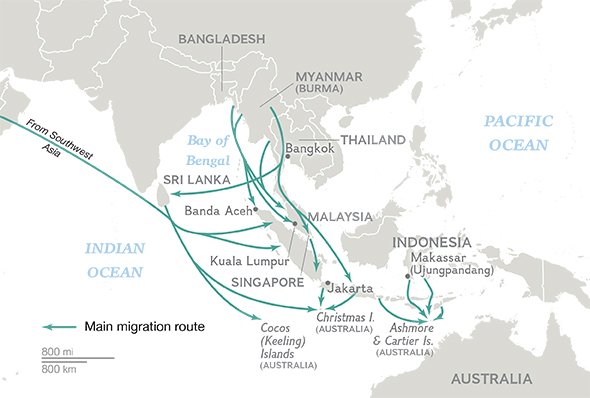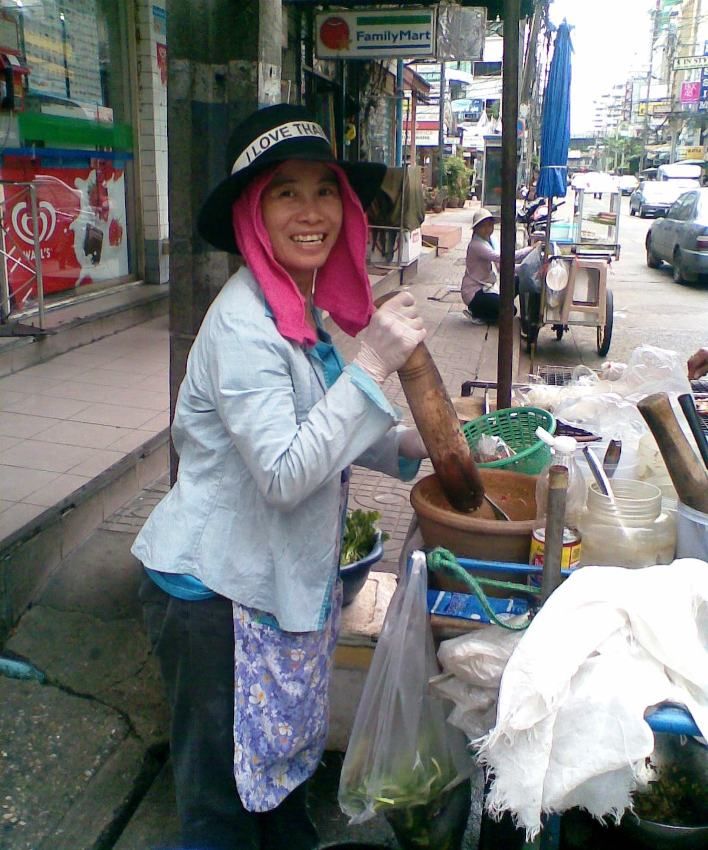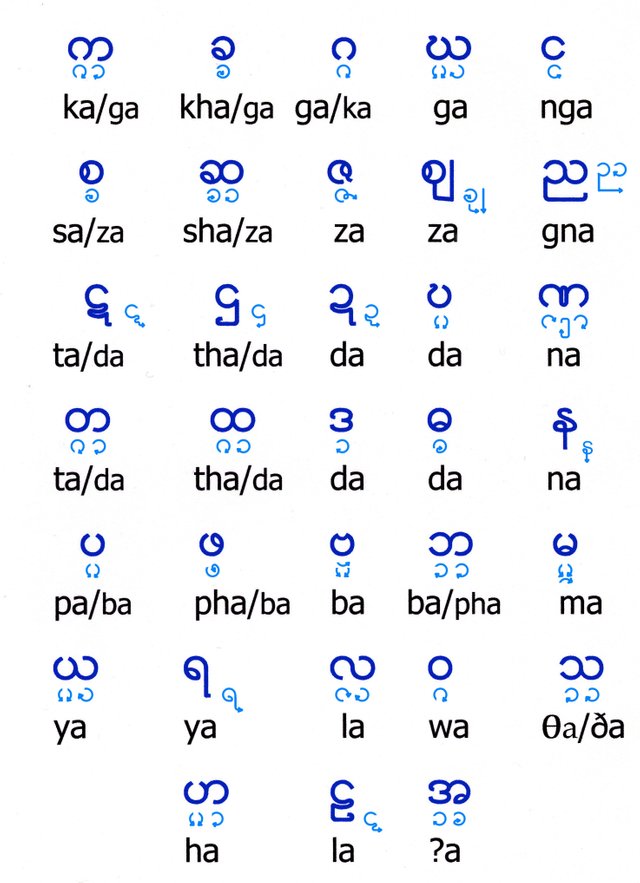Southeast Asian Melting Pot
When we speak of migrations, people often think of one of two things:
Historic migrations. Countless movements of Chinese to Southeast Asia, various Indic peoples coming to Southeast Asia and establishing kingdoms, the numerous Malay peoples exploring the islands throughout the regions, and much more.
Day labourers. In recent years, hardworking people travel from their homelands to nearby countries (or from small villages to the big cities), looking for work.

While these ancient and more modern examples are both certainly true, people move for a variety of other reasons: politics, love, studies, and more. During my journeys through Southeast Asia, I've seen people moving to the big cities and to other countries for a great variety of reasons. Quite a few, of course, are looking for work. Some move to other places to do university programs. Still others want to try something new.
In Singapore, for example, you might have Filipinos looking for new opportunities, Malaysian day labourers pursuing day jobs, etc. In Thailand, you might have Isaan & Lao vendors selling food on the streets and Burmese labourers putting up new buildings across Bangkok. Many of the surrounding countries share similar stories.

Like many parts of North America, many Southeast Asian cities have become "melting pots" too. In a single city, you can get authentic Malaysian, Burmese, Lao, Thai, Filipino, Singaporean, and other cuisines. You can hear Khmer, numerous Chinese dialects, Malay, Tagalog, and other languages being spoken.
If you stick around long enough in any single place, you'll be sure to find a wide array of peoples, languages, cuisines, and cultures melding together. Even as a visitor, this provides you an opportunity to see people from around the region and get a glimpse into their lives and their cultures.

This inspiration for this post came to mind after seeing a video in Burmese on Facebook. Some months ago, I was introduced, by a Singaporean friend, to an American in Chiang Mai. The latter fellow is a linguist in training, and he speaks fluent Burmese. Recently, he related to me that he had met some Burmese-speaking Nepalis in Thailand. This was extremely fascinating to me, especially as he related that their dialect of Nepali language was some 100+ years behind the standard form in Nepal.
.jpg)
It's only a single anecdote, but I continue to be amazed the dizzying array of cultures that have blended together here in Southeast Asia. Who would have ever thought that you could meet Burmese-speaking people from Nepal, who still maintain a spoken dialect that is over 100 years "outdated"? Simply imagine the tales they have to tell.
I can't wait to see what more is just waiting to be discovered.